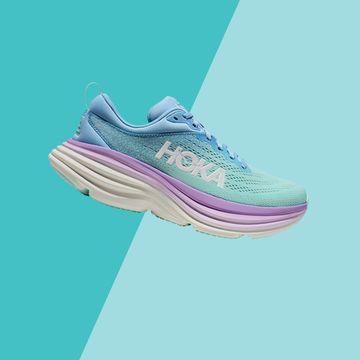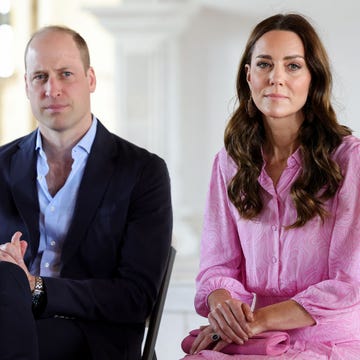Once considered a rite of passage for teens, braces are becoming more common among smiling adults. In just 10 years, the number of grown-ups getting wired has increased nearly 40%. Many do it just for appearances, but there are health reasons for bite fixing, too. For one, an imperfect smile can cause gum and bone loss, as well as tooth decay, says Norman Nagel, DDS, an orthodontist in Thousand Oaks, CA, who is also the president of the Pacific Coast Society of Orthodontists.
Furthermore, slight bite problems might become big ones as your teeth shift with age. What was a minor imperfection at 20 could develop into a serious overbite by 40. Teeth can become crowded, and spaces may appear where none existed in your youth, says Raymond George Sr., DMD, a spokesman for the American Association of Orthodontists and an orthodontist in East Providence, RI.
Luckily, you no longer have to bear a mouthful of metal to correct crooked teeth. Today's less noticeable dental devices can gradually pressure teeth into their proper position as efficiently and with less discomfort than the old metal brackets, rubber bands, and wires. Check with your orthodontist about these new straightening solutions:
Heat-activated wires
Nickel-titanium alloy, a material developed by NASA, is lightweight and more flexible than its stainless-steel predecessor and has the advantage of being heat activated. Your body temperature keeps it warm enough to apply constant, gradual pressure, which may speed straightening. Adjustments are made every 2 months instead of the monthly tightening that stainless-steel wire requires. Costs run about the same ($3,500 to $7,500) as for traditional wires.
Tooth-colored brackets
Ceramic brackets are clear or match the hue of your teeth, making them less visible than metal ones. Even better: They're nonporous and extremely stain resistant—so you don't have to give up coffee, red wine, or your favorite tomato dishes. Stain-resistant wires are available, too. Although these braces are less noticeable than their metal counterparts, it may take more time to get used to them because they're slightly bulkier, says George. Cost: about $500 to $1,000 higher than traditional metal braces.
Clear aligners
A series of translucent straightening trays, which are invisible to all but the most discerning eye. (Two popular brands are Invisalign and OrthoClear.) They're made from plastic and are meant to be worn 24-7, except for when you're eating or brushing your teeth. Every 2 to 3 weeks, you're refitted for a new aligner (made from an initial mold) that will move certain teeth a bit farther along. (Most people wear between 10 and 30 aligners during the course of their treatment.)
This method is most successful for correcting mild to moderately crowded or widely spaced teeth. Expect to pay about one-third more than for conventional braces.
Hidden braces
"Lingual" braces attach to the inner, or lingual, surfaces of teeth, which makes them invisible. These braces, which are made of stainless steel, are shaped to fit the contours of the backs of your teeth. Some doctors prefer to use regular braces or aligners on bottom teeth to avoid contact with the tongue because linguals may cause speech problems. They also make it challenging to keep teeth clean. Because they're difficult to apply and adjust, these braces may cost twice as much as other types—from $7,000 to $10,000 and up.
More from Prevention: 6 Whitening Mistakes You're Making













